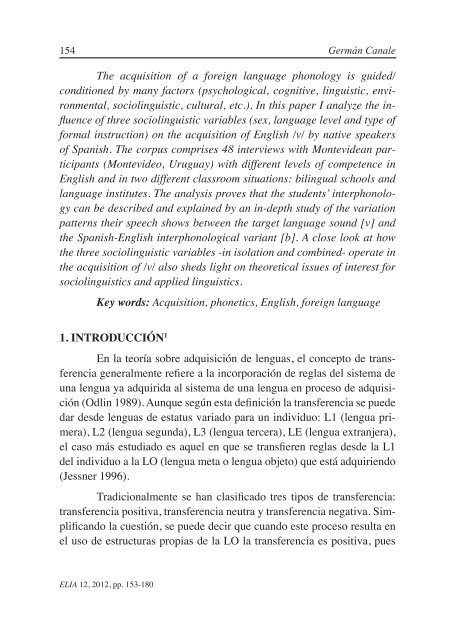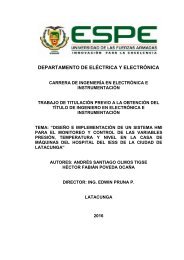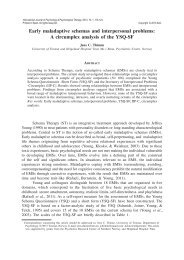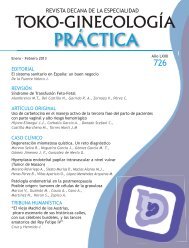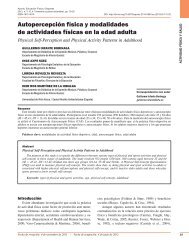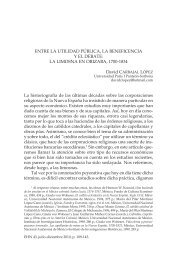xKRpwdK8
xKRpwdK8
xKRpwdK8
You also want an ePaper? Increase the reach of your titles
YUMPU automatically turns print PDFs into web optimized ePapers that Google loves.
154 Germán Canale<br />
The acquisition of a foreign language phonology is guided/<br />
conditioned by many factors (psychological, cognitive, linguistic, environmental,<br />
sociolinguistic, cultural, etc.). In this paper I analyze the influence<br />
of three sociolinguistic variables (sex, language level and type of<br />
formal instruction) on the acquisition of English /v/ by native speakers<br />
of Spanish. The corpus comprises 48 interviews with Montevidean participants<br />
(Montevideo, Uruguay) with different levels of competence in<br />
English and in two different classroom situations: bilingual schools and<br />
language institutes. The analysis proves that the students’ interphonology<br />
can be described and explained by an in-depth study of the variation<br />
patterns their speech shows between the target language sound [v] and<br />
the Spanish-English interphonological variant [b]. A close look at how<br />
the three sociolinguistic variables -in isolation and combined- operate in<br />
the acquisition of /v/ also sheds light on theoretical issues of interest for<br />
sociolinguistics and applied linguistics.<br />
Key words: Acquisition, phonetics, English, foreign language<br />
1. INTRODUCCIÓN 1<br />
En la teoría sobre adquisición de lenguas, el concepto de transferencia<br />
generalmente refiere a la incorporación de reglas del sistema de<br />
una lengua ya adquirida al sistema de una lengua en proceso de adquisición<br />
(Odlin 1989). Aunque según esta definición la transferencia se puede<br />
dar desde lenguas de estatus variado para un individuo: L1 (lengua primera),<br />
L2 (lengua segunda), L3 (lengua tercera), LE (lengua extranjera),<br />
el caso más estudiado es aquel en que se transfieren reglas desde la L1<br />
del individuo a la LO (lengua meta o lengua objeto) que está adquiriendo<br />
(Jessner 1996).<br />
Tradicionalmente se han clasificado tres tipos de transferencia:<br />
transferencia positiva, transferencia neutra y transferencia negativa. Simplificando<br />
la cuestión, se puede decir que cuando este proceso resulta en<br />
el uso de estructuras propias de la LO la transferencia es positiva, pues<br />
ELIA 12, 2012, pp. 153-180


